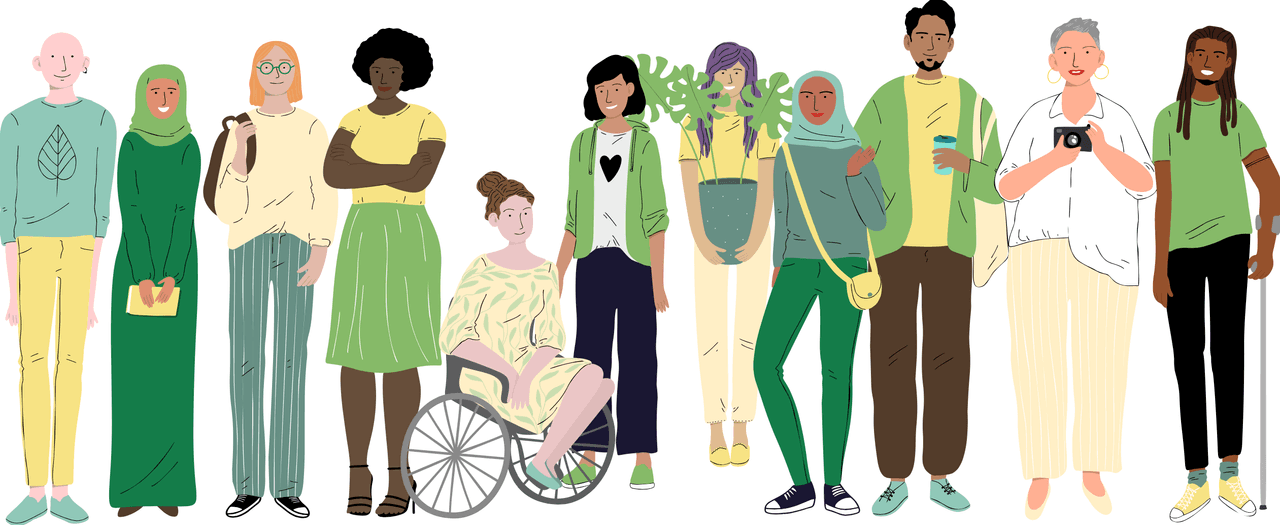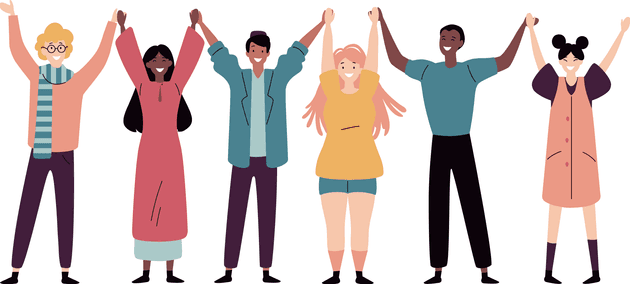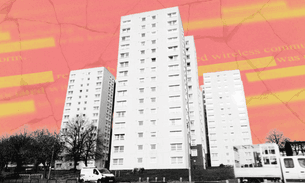
The truth is dark but leads to hope
The Bureau Local shares findings and resources from its five month Change the Story initiative
There was a moment last month when we were truly taken aback. Most of our work over the first half of 2020 has been on our Change the Story project, with the aim of exploring how best a collective of people can collaborate to work on a local news project. Much of the conversation focused on how people of different backgrounds and experiences are represented in local news, and how many stories are never really told. One thing that seemed a given throughout was that increased representation is good.
However, we ended up hearing from one woman who was so nervous about coverage of her community that she would prefer it to be invisible in the mainstream media. She told one of our interviewers: “I don’t see that many people like me on the news, but I’m quite happy about that. It’s much better this way. I don’t trust the news trying to tell our stories.”
She spoke of a sense of dread when anyone from the Muslim community appears in the news for any reason, and she said she couldn’t remember when it was last beneficial. This stark illustration of how poorly served some people in the UK feel by the news should concern all of us involved in journalism.
The Bureau Local is a core team of five people working with a network of more than 1,000 members across the UK. We aim to be a people-powered network setting the news agenda and sparking change, from the ground up.
When we conceived the Change the Story project, 2020 was a blank slate. Our work ultimately took place against a backdrop of coronavirus and Black Lives Matter protests – both major global events that have highlighted division and inequalities while sparking calls for honesty, solidarity and deep change.
Throughout the Change the Story process, the same themes that have reverberated around British society and the wider world have emerged in our conversations about local news. People from marginalised communities have told us that they don’t see themselves represented, either in the make-up of newsrooms or in the stories they tell.
A common perception pervades of journalists as manipulative people who will twist the truth and protect power. A belief that the issues covered aren’t relevant to people’s everyday lives has seen them switch off and turn instead to social media and community forums.
We kicked off our project by recruiting a cross-UK advisory group made up of journalists, community media practitioners, organisers, arts producers and human rights experts from a range of communities across the country, from Belfast to Liverpool, Cumbria to Cardiff.
We also launched a parallel pop-up newsletter bringing in insights from a wider community of interest. You can read more about Change the Story’s members and how it was conceived here, and you can read through the archives of the Change the Story bulletin here.
During the first part of the project we had aimed to meet across the UK – first in Belfast, then in Bangor, then in Dundee and finally in Hull (which would have happened today). We only managed to physically meet in Belfast, but we continued our project online. We broke our process down into three key steps: identifying shared aims, developing key issues and stories, and figuring out ways to collaborate. Our group carried out in-depth interviews with members of communities under- and misrepresented in local news, and from that we identified key concerns about the media, and some of the reasons that many people find it alienating.
Conversations were frank, but also hopeful, and together we looked at ways of imagining local news that would serve more people better. To that end, we want to share three key resources widely.
 Credit: undrey
Credit: undrey
We have co-created the following resources in order to shape the future of the Bureau Local and are publishing so others can use them too:
- Report on Underrepresented Communities and Local News - findings from our advisory group's interviews with communities across the UK
- Manifesto for a People’s Newsroom - shared aims and values for journalism that build in fairness and power-sharing
- Roadmap for Local News Collaboration - step-by-step guide on how to develop a local, collaborative news project
We also worked with the Change the Story participants to develop a #NewsYouCanUse social media fortnight, looking at how news can be rethought so that it’s genuinely relevant, useful and impactful for communities that often miss out.
We welcomed members of the group for lunchtime Q&As covering everything from race and immigration to class and human rights, and how these issues are represented in local news.
These are a few highlights of the conversations:
- “It's not about pretending that terrible things don't happen, but if it’s all we see, there’s a danger people will disengage completely and then we lose the opportunity for discussion, learning & change,” Laura Graham explained in her Q&A about the importance of positive stories in local news.
- In her discussion about how local news talks about race and racism, Ruth Bushi highlighted how “there are many stories out there. There are many voices & ways of telling what’s important. But for me, it seems that a few stories are told repeatedly, in the same ways. They speak to & for the same readers, and reinforce certain ways of seeing the world.”
- Amber Akaunu’s Q&A focused on Black British communities and how they are (or aren’t) represented. “True collaboration is crucial when engaging with Black people & stories that are too often misrepresented in the media,” she said. “No one will ever be able to tell our stories the way we can, so if the intention is to be authentic, collaboration is essential.”
- “Though there are many under-30s in newsrooms, for obvious reasons, they tend to have junior jobs, with no decision-making power” explained Robyn Vinter in her Q&A about representations of young people. “Unless an editor is switched-on (and those do exist!), many of the stories younger reporters pitch are not considered newsworthy.”
- In a Q&A focusing on gender and how women’s stories are told, Sara Reis highlighted how “women are still seen as a niche group. We're half the population yet articles about issues that affect women massively are often chucked to 'women's issues, or worse 'lifestyle' sections of newspapers.”
- Sam Gonçalves’ Q&A explored immigration and asylum stories. “[Refugees] need to be more than case studies,” he pointed out “[they need to] actually have a say in the direction of reporting, approach to stories and the writing itself.”
- “We need more journalists who share this history, who understand the complexities of being working-class,” pointed out Rhiannon White in her Q&A about class representation. “People who get it, who get how high the stakes are with representation.”
- In her Q&A, Nicola Browne explored how stories about human rights are told in local news. “The media can perpetuate stereotypes, and particularly here in [Northern Ireland], issues are often presented as 'green or orange' when the reality is much more nuanced,” she said. “I think for journalism, like human rights, there is so much potential to be creative in the methods we use!”
There’s much, much more work to be done before concerns like those we heard and detailed at the start of this piece are addressed. But we hope that this contributes to an honest conversation, and to collaborative efforts to build something better.
Illustration Credit: undrey
Want to be part of this new kind of journalism?
Whether you're a journalist, expert in your field or an active in your community, all are welcome to help us make news you can use
Join the Bureau Local network



